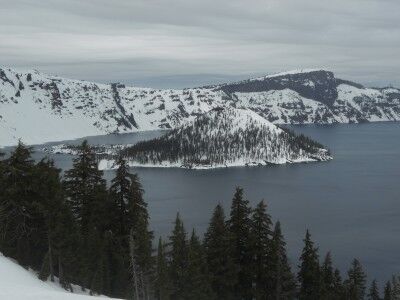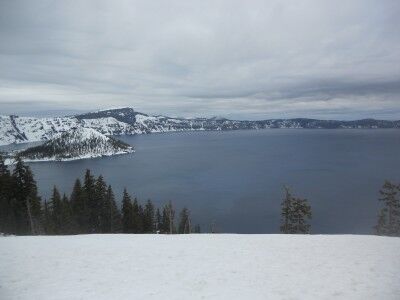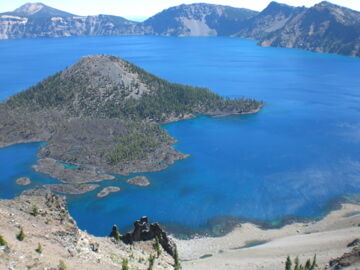One of the things that I always find fascinating is the wide range of the unexpected I find when I go to a National Park. On my first visit to Cedar Breaks National Monument, I learned that there is actually a National Parks Yurt:
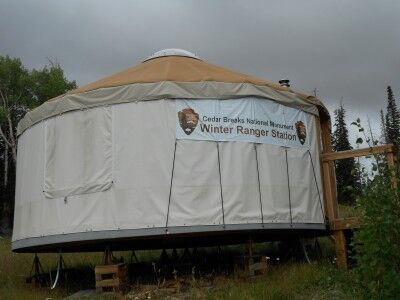
This was the sign on the Yurt’s door:
What: Warming hut and resting spot for winter visitors (cross country skiers, snowshoers, snowmobilers). Wood stove, hot drinks, park information available. No restroom facilities. Cross-country ski and snowshoe trail marked on upper Alpine Pond trail, starting at yurt; 2 mile round trip to Chessmen overlook.
When: Friday, Saturday, Sunday and holidays from December 1 to about April 15, from 10:00 am to 2:00 pm, but only when highway 143 is open above (south of) Brian Head.
Who: Hosted by volunteers for Cedar Breaks National Monument.
Warning: Severe weather conditions possible, which may cause highway 143 to be closed without warning. Check weather forecast and plan accordingly.
The inside, although sparse, I’m sure is a welcome sanctuary from the cold for cross-country skiers and snowshoers:
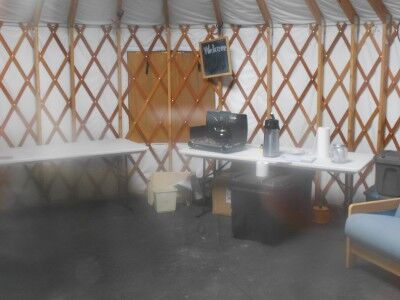
I may just have to take up snowshoeing to give the National Parks’ yurt a try…has anyone taken advantage of the yurt and, if so, what are your impressions of it?

